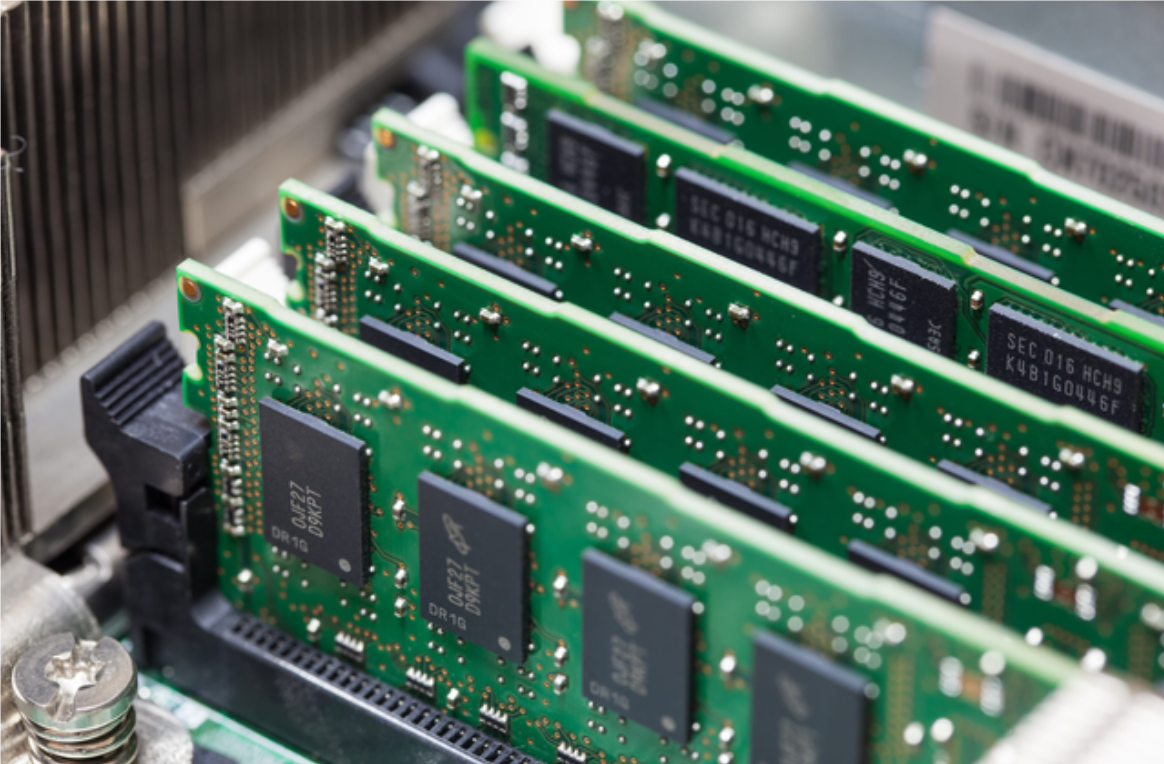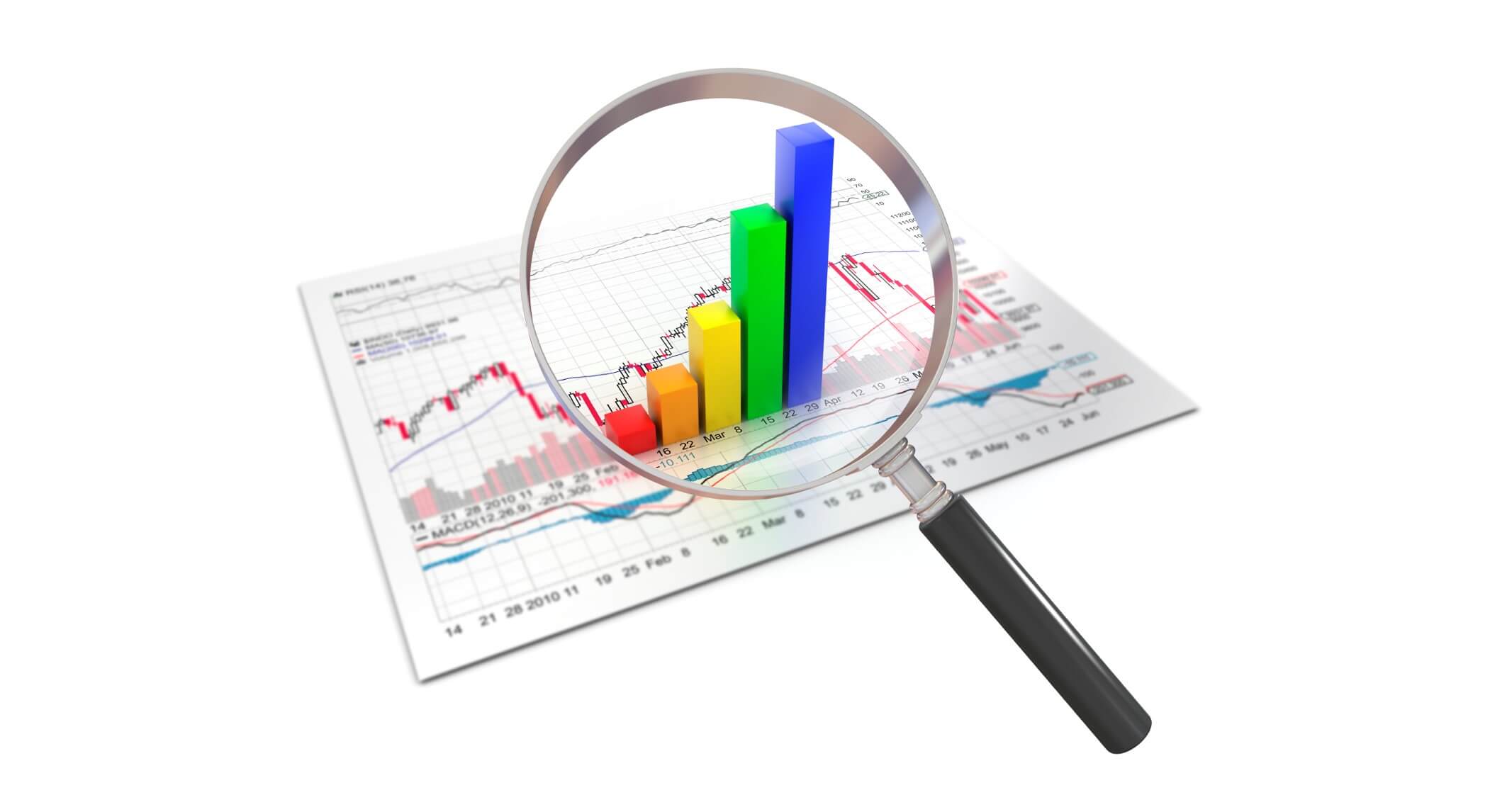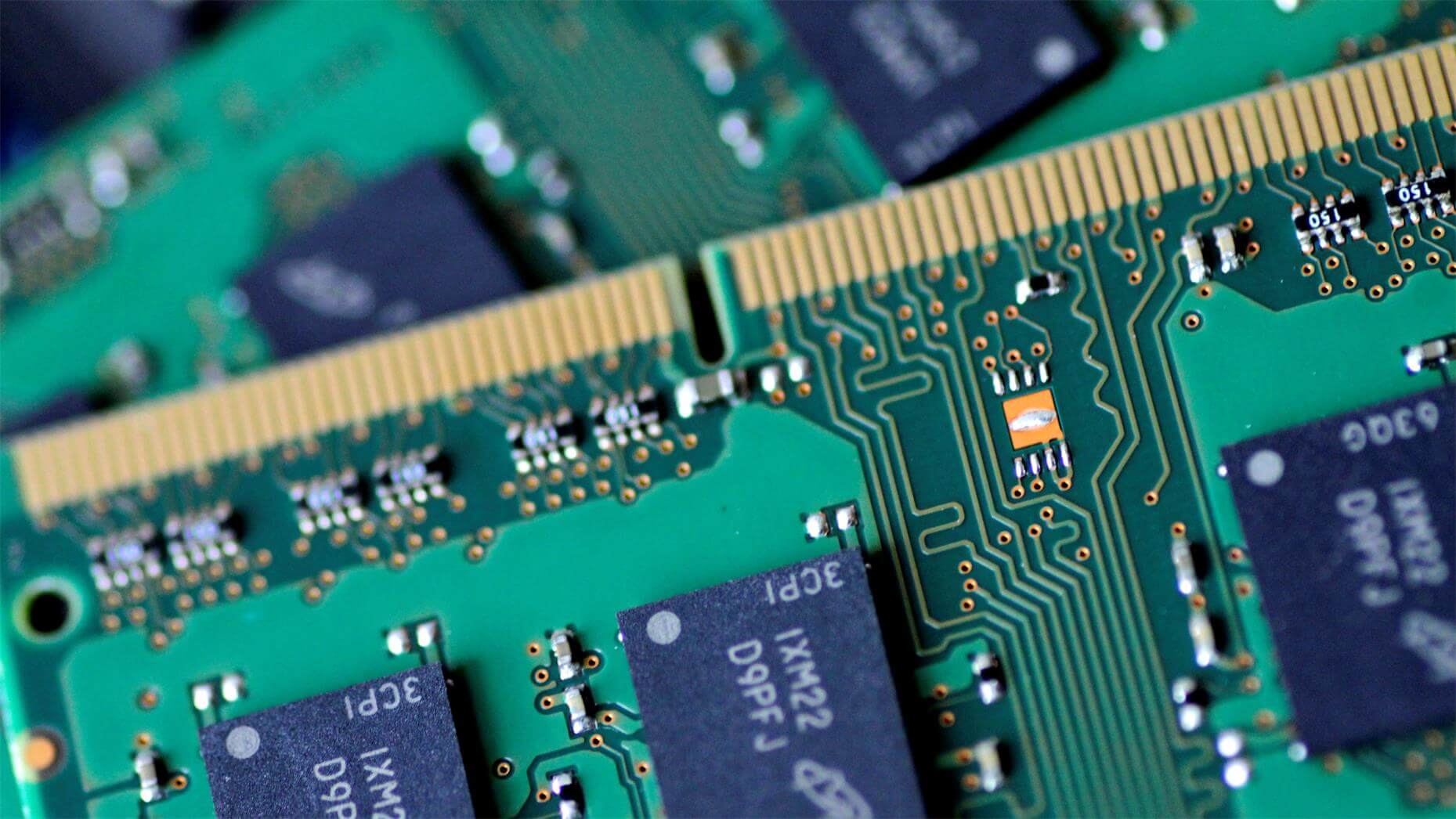August 19, 2025 /SemiMedia/ — Soaring DDR4 prices are providing a much-needed boost to semiconductor memory module suppliers and DRAM manufacturers, as tightening supply and delayed technology transitions extend market momentum into year-end.
Prices for DDR4 have surged sharply, at times exceeding those of equivalent-capacity DDR5. Memory module producers holding DDR4 inventory are capitalizing on the trend, especially in end markets like networking, displays and AI-IoT where design cycles mean DDR4 remains in use for another year or more. A firmer New Taiwan dollar is further helping gross margins, with module suppliers poised for a strong revenue showing this quarter.
Adata, a bellwether in the space, posted second-quarter EPS of NT$2.75, a one-year high, and July revenue of NT$4.261 billion, up 39.5 % year-on-year and staying above NT$4 billion. Analysts forecast double-digit sequential growth in third-quarter revenue and continued profit rebound. Etron Technology also posted strong results, with July revenue of NT$307 million — its highest in a year and a 22.4 % month-on-month increase — driven by robust demand for DDR4 modules spanning 4Gb to 16Gb.
On the DRAM side, suppliers including Nanya, Samsung, Micron and SK hynix have scaled back DDR4 capacity to prepare for future DDR5 and HBM demand. Nanya in particular has raised contract prices by 11–16 % in August and is considering further hikes in Q4, amid a market-wide estimated supply shortfall of 10–15 % in the second half.
Nanya’s financials reflect this turnaround: July consolidated revenue rose to NT$5.352 billion — a 31.4 % monthly gain and 94 % year-on-year increase, marking a single-month high in three and a half years. Year-to-date revenue has already exceeded last year’s pace by 4 %, a three-year high for the period. Analysts link the recovery to full-utilisation of production capacity since June and a competitive pricing stance in the DDR4 market.
Overall, the convergence of tight DDR4 supply, resilient demand, and inventories held by module makers is reshaping memory industry dynamics, supporting performance gains across the DRAM ecosystem well into the latter half of 2025.












All Comments (0)